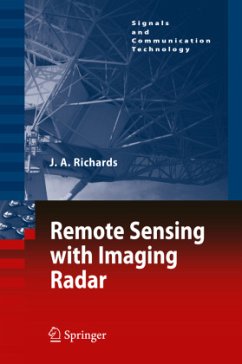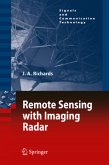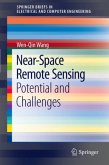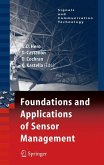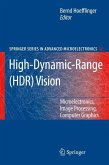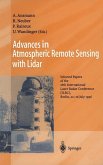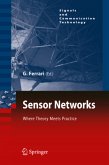This book is concerned with remote sensing based on the technology of imaging radar. It assumes no prior knowledge of radar on the part of the reader, commencing with a treatment of the essential concepts of microwave imaging and progressing through to the development of multipolarisation and interferometric radar, modes which underpin contemporary applications of the technology. The use of radar for imaging the earth s surface and its resources is not recent. Aircraft-based microwave systems were operating in the 1960s, ahead of optical systems that image in the visible and infrared regions of the spectrum. Optical remote sensing was given a strong impetus with the launch of the first of the Landsat series of satellites in the mid 1970s. Although the Seasat satellite launched in the same era (1978) carried an imaging radar, it operated only for about 12 months and there were not nearly so many microwave systems as optical platforms in service during the 1980s. As a result, the remote sensing community globally tended to develop strongly around optical imaging until Shuttle missions in the early to mid 1980s and free-flying imaging radar satellites in the early to mid 1990s became available, along with several sophisticated aircraft platforms. Since then, and particularly with the unique capabilities and flexibility of imaging radar, there has been an enormous surge of interest in microwave imaging technology. Unlike optical imaging, understanding the theoretical underpinnings of imaging radar can be challenging, particularly when new to the field.
From the reviews: "This treatise is mostly targeted at Earth scientists, remote-sensing practitioners, and senior undergraduate or graduate students. ... the book successfully provides clear insights into all key concepts without resorting to complex mathematical tools. ... This book addresses with outstanding clarity all of the main issues associated with the physics, technology, and use of radar as an imaging tool for remote sensing. ... an excellent reference and a rich source of information for remote-sensing scientists, users, and students." (Sebastiano B. Serpico, IEEE Geoscience and Remote Sensing Society Newsletter, June, 2012)

